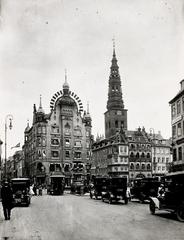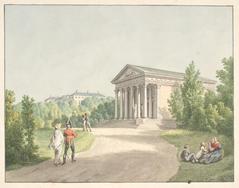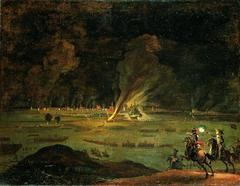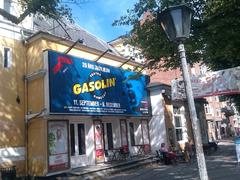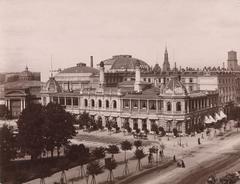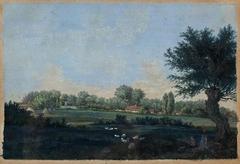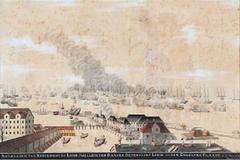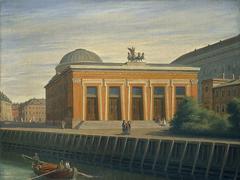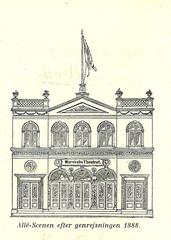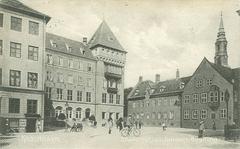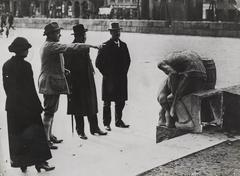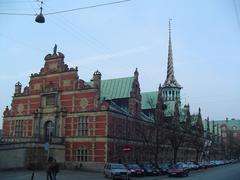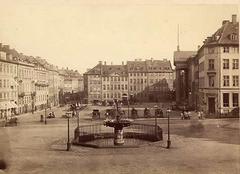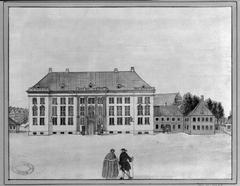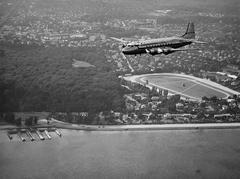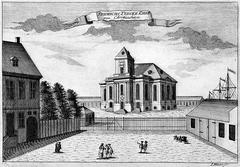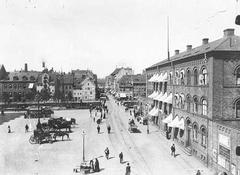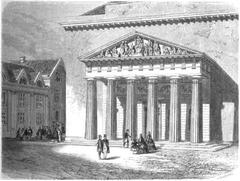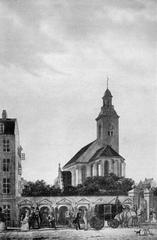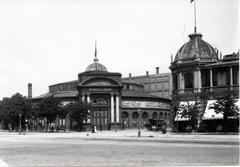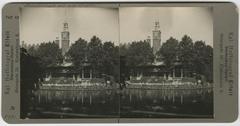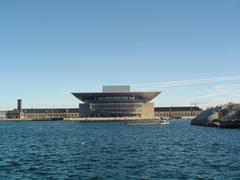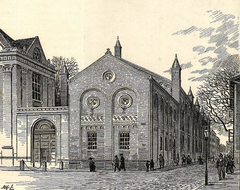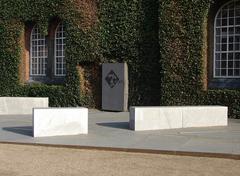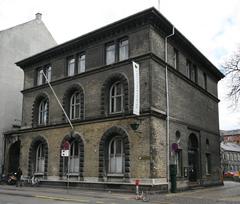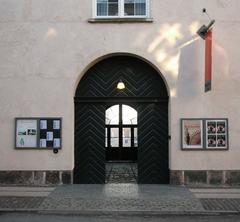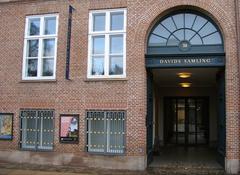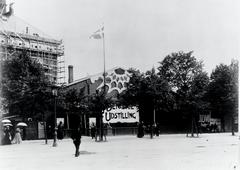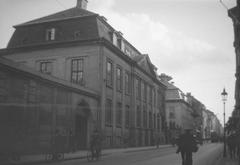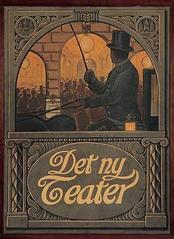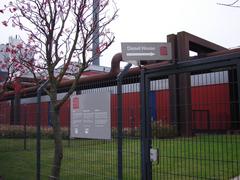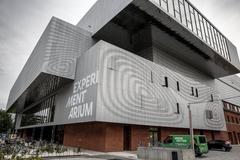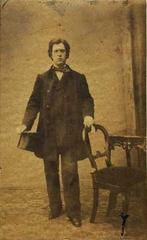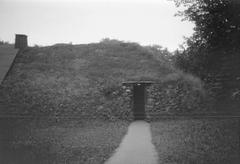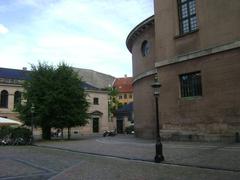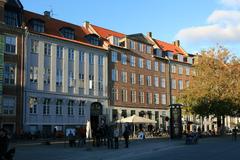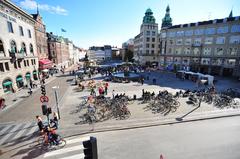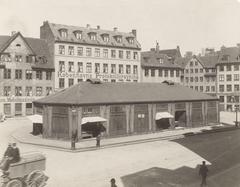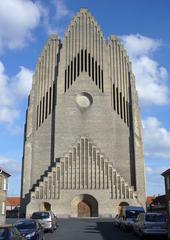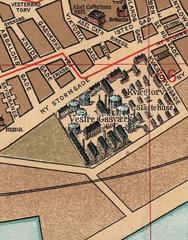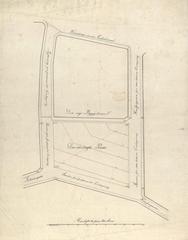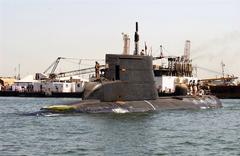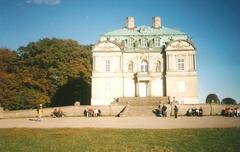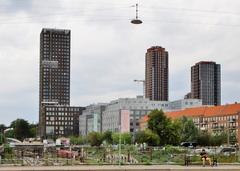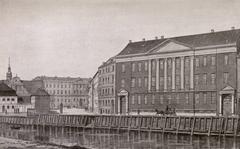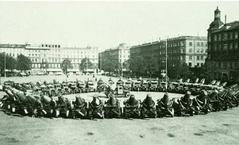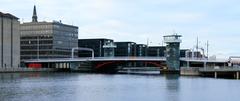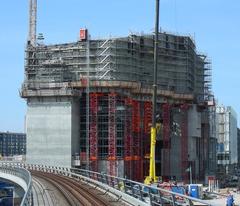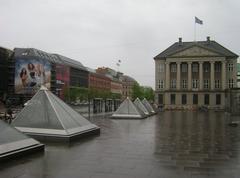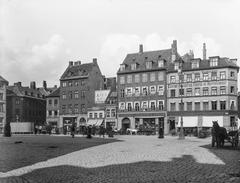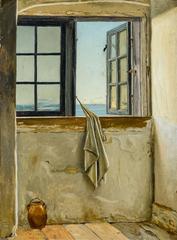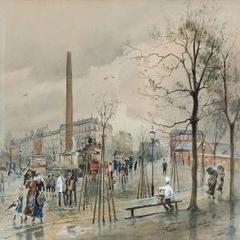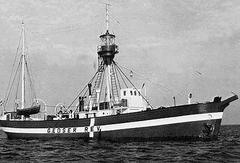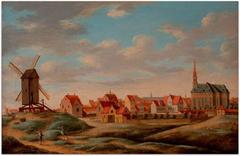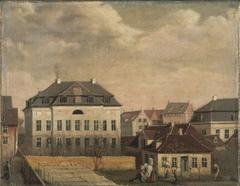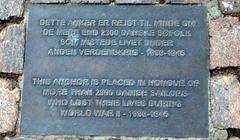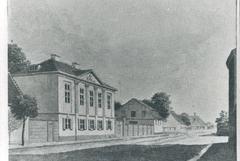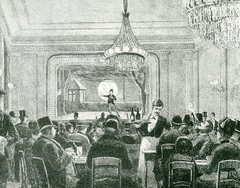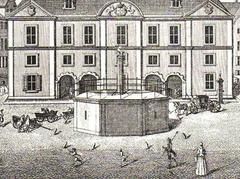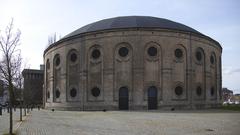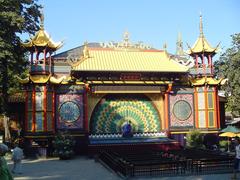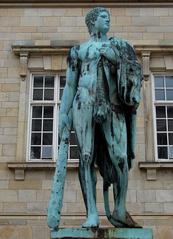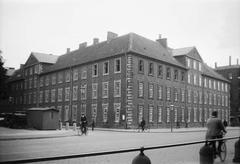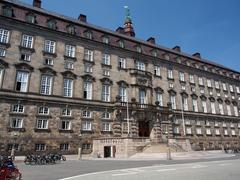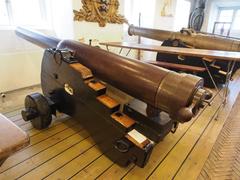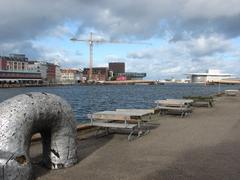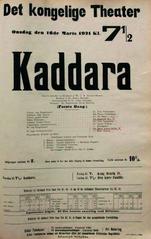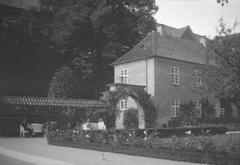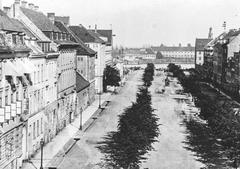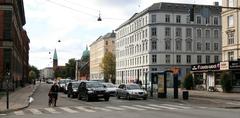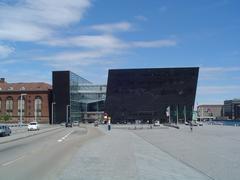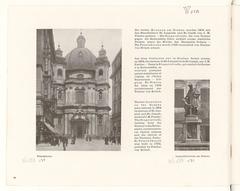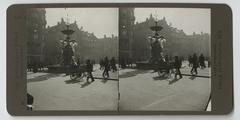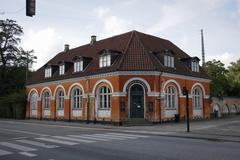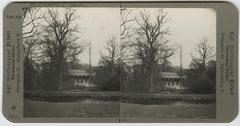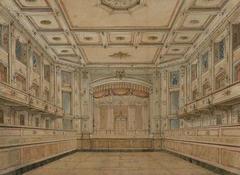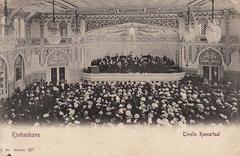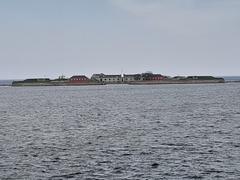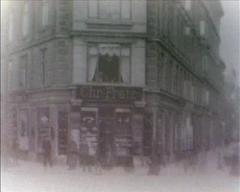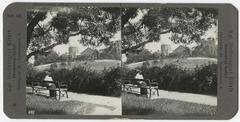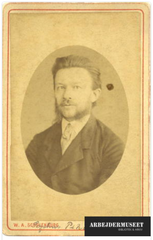Comprehensive Guide to Vor Frelsers Kirke, Copenhagen
Date: 18/07/2024
Introduction
Vor Frelsers Kirke, or the Church of Our Saviour, is one of Copenhagen’s most iconic landmarks, seamlessly blending historical richness with architectural grandeur. Located in the heart of Christianshavn, this church is not only a place of worship but also a testament to Denmark’s evolving architectural tastes and religious heritage. The journey of Vor Frelsers Kirke began in 1617 with a modest wooden structure commissioned by King Christian IV. Over the centuries, it has transformed into a masterpiece of Baroque architecture, featuring contributions from renowned architects like Lambert van Haven, Andreas Schlüter, and Lauritz de Thurah. The church’s most distinctive feature, its spiraling external spire, offers visitors panoramic views of the city and stands as a symbol of Copenhagen’s skyline (Visit Copenhagen). This guide will explore the historical evolution, architectural significance, and visitor information of Vor Frelsers Kirke, providing a comprehensive overview for anyone planning a visit to this remarkable site.
Table of Contents
- Exploring Vor Frelsers Kirke - History, Architecture, and Visitor Information
- FAQ
- Conclusion
- References
Exploring Vor Frelsers Kirke - History, Architecture, and Visitor Information
Vor Frelsers Kirke, or Church of Our Saviour, is more than just a beautiful building; it’s a testament to Copenhagen’s rich history and evolving architectural tastes. Its story intertwines with the city’s growth, reflecting the ambitions and challenges of its time. In this article, we’ll delve into its historical background, architectural style, and practical information for visitors.
Humble Beginnings and Royal Aspirations
The story begins in 1617 with a simple wooden church commissioned by King Christian IV to serve Christiansted, a burgeoning district outside Copenhagen’s city walls. This marked the beginning of Vor Frelsers Kirke, a church destined for greater things. As Christiansted flourished, so did the need for a more permanent and impressive place of worship. In 1682, under King Christian V, the foundation stone for a new church was laid, designed by Lambert van Haven, a prominent architect of the Dutch Baroque style.
The Enduring Legacy of Lambert van Haven
Van Haven envisioned a cruciform church, its shape symbolic of the Christian faith. He incorporated elements of the Dutch Baroque, a style known for its balance and grandeur, evident in the church’s symmetrical facade and imposing presence. However, van Haven wouldn’t see his vision fully realized. He passed away in 1695, leaving the church unfinished.
A New Century, a New Architect
The 18th century brought a new architect, Andreas Schlüter, to the forefront of the project. Schlüter, a master of his craft, continued the construction, staying true to van Haven’s original design while adding his own distinctive touches. He completed the church’s interior, creating a space of awe and reverence. The altarpiece, pulpit, and organ loft, all masterpieces of craftsmanship, stand as testaments to Schlüter’s artistry.
The Iconic Spire - A Symbol of Copenhagen
Yet, the church remained without its defining feature—the iconic spire. It wasn’t until 1749, almost 70 years after the first stone was laid, that Lauritz de Thurah, the royal architect, took on the task of designing and constructing the spire. De Thurah, inspired by the spiraling forms of Baroque architecture, particularly the Sant’Ivo alla Sapienza church in Rome, created a masterpiece that would forever alter Copenhagen’s skyline.
The spire, with its distinctive outward-spiraling staircase, is a marvel of engineering and artistry. Clad in oak and covered with copper plates, it ascends in four stages, culminating in a gilded globe topped with a statue of Jesus triumphant. This iconic feature, visible from miles around, quickly became a symbol of the city itself.
A Blend of Styles - Architectural Significance
Vor Frelsers Kirke stands as a fascinating example of architectural evolution. While its foundations lie in the Dutch Baroque, the church seamlessly blends elements of different styles, reflecting the changing architectural landscape of Europe over the century it took to build.
- Dutch Baroque: The church’s cruciform layout, symmetrical facade, and overall sense of grandeur are hallmarks of the Dutch Baroque style popular in the late 17th century.
- Baroque Influence: The elaborate altarpiece, pulpit, and organ loft, designed by Schlüter, showcase the intricate details and dramatic flair characteristic of the Baroque period.
- Spiraling Grandeur: The spire, de Thurah’s crowning achievement, embodies the dynamism and theatricality of Baroque architecture, drawing inspiration from Italian models while adding a unique Scandinavian twist.
Visitor Information - Plan Your Visit
Vor Frelsers Kirke is open to visitors year-round, offering a unique glimpse into Copenhagen’s history and architectural heritage. Here are some key details to help you plan your visit:
- Visiting Hours: The church is typically open from 10:00 AM to 4:00 PM, with extended hours during the summer months. Check the official website for the most up-to-date information.
- Tickets: Entrance to the church is free, but there is a fee to climb the spire. Tickets for the spire can be purchased at the church or online in advance.
- Guided Tours: Guided tours are available and provide in-depth insights into the church’s history and architecture. Contact the church for more information on scheduling and prices.
- Accessibility: The church is accessible to visitors with mobility impairments; however, the spire climb is not recommended for those with limited mobility.
Nearby Attractions
Vor Frelsers Kirke is located in the heart of Copenhagen, making it an ideal starting point for exploring other nearby attractions:
- Christiansborg Palace: A historic palace offering royal receptions and stunning views from its tower.
- Nyhavn: A vibrant waterfront district known for its colorful buildings and historic ships.
- Tivoli Gardens: One of the world’s oldest amusement parks, offering rides, entertainment, and beautiful gardens.
FAQ
Q: What are the visiting hours for Vor Frelsers Kirke?
A: The church is typically open from 10:00 AM to 4:00 PM, with extended hours during the summer months. Check the official website for the most up-to-date information.
Q: How much does it cost to visit Vor Frelsers Kirke?
A: Entrance to the church is free, but there is a fee to climb the spire. Tickets for the spire can be purchased at the church or online in advance.
Q: Are there guided tours available?
A: Yes, guided tours are available and provide in-depth insights into the church’s history and architecture. Contact the church for more information on scheduling and prices.
Q: Is Vor Frelsers Kirke accessible to visitors with mobility impairments?
A: The church is accessible to visitors with mobility impairments; however, the spire climb is not recommended for those with limited mobility.
Conclusion
Vor Frelsers Kirke stands as a testament to the enduring power of faith, ambition, and architectural ingenuity. It’s a place where history comes alive, where visitors can trace the evolution of a city through the stones and mortar of a single, magnificent building. Whether you’re drawn by its historical significance, architectural beauty, or simply the breathtaking views from its spire, Vor Frelsers Kirke is a must-visit on any trip to Copenhagen. The church’s location in the vibrant Christianshavn neighborhood also provides ample opportunities to explore nearby attractions such as Christiansborg Palace, Nyhavn, and Tivoli Gardens. For those planning a visit, the church’s official website offers the most up-to-date information on visiting hours, ticket prices, and special events, ensuring a smooth and enjoyable experience (Vor Frelsers Kirke Official Website).
References
- Exploring Vor Frelsers Kirke - History, Architecture, and Visitor Information, 2023, Unknown Visit Copenhagen
- Vor Frelsers Kirke - A Must-Visit Historical Site in Copenhagen, 2023, Unknown Vor Frelsers Kirke Official Website
